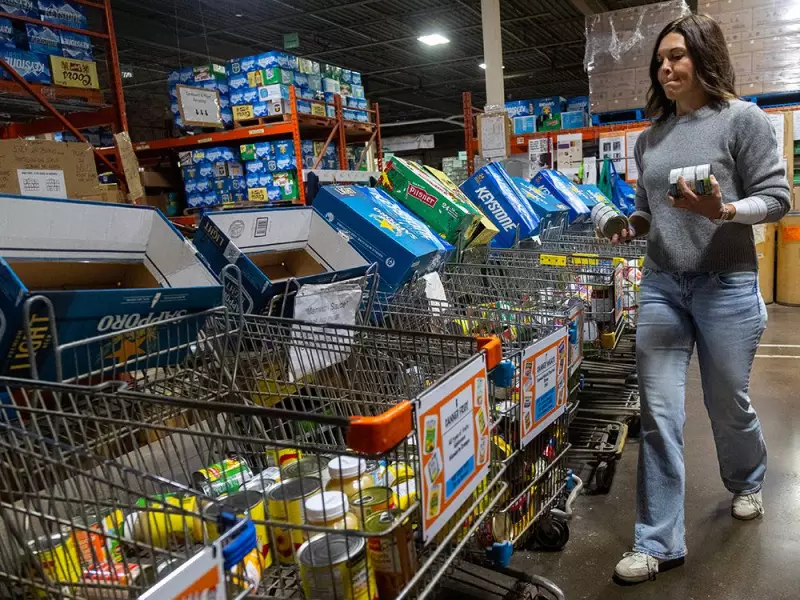
A silent crisis is unfolding across Canada, hidden in plain sight behind the doors of food banks and community pantries. New data reveals a disturbing trend that should concern every Canadian: food bank usage has skyrocketed to unprecedented levels, painting a grim picture of the nation's affordability crisis.
The Numbers Tell a Troubling Story
Recent statistics show that food bank visits across Canada have surged by an alarming 50% since 2021. This isn't just a marginal increase—it represents hundreds of thousands of additional Canadians who can no longer afford to put food on their tables without assistance. What was once considered a temporary safety net has become a permanent lifeline for growing numbers of families.
Who Are the New Faces of Food Insecurity?
The profile of Canadians seeking food assistance is changing dramatically. No longer confined to traditionally vulnerable populations, food banks are now seeing:
- Working professionals with full-time jobs who still can't make ends meet
- Seniors on fixed incomes struggling with inflation
- Students choosing between tuition and groceries
- Recent immigrants facing employment barriers and high costs
This diversification of need highlights how widespread the affordability crisis has become, cutting across demographic lines and challenging stereotypes about who experiences food insecurity.
The Perfect Storm: What's Driving the Surge?
Several interconnected factors have created this crisis situation:
Skyrocketing Housing Costs
With rent and mortgage payments consuming increasingly larger portions of household budgets, many families have little left for essentials like food. The choice between keeping a roof overhead and putting dinner on the table has become a painful reality for too many.
Inflation and Stagnant Wages
While grocery prices have climbed dramatically, wages haven't kept pace. The gap between what Canadians earn and what they need to survive continues to widen, pushing more households toward financial precarity.
Inadequate Social Support Systems
Existing social assistance programs and disability payments often fail to cover basic living expenses, leaving recipients with impossible choices about which necessities to prioritize each month.
Beyond the Statistics: Human Stories of Resilience
Behind every food bank visit is a personal story of struggle and resilience. Parents skipping meals to ensure their children eat. Seniors choosing between medication and groceries. Students living on instant noodles to afford textbooks. These aren't abstract numbers—they're our neighbors, friends, and community members.
A Call to Action: What Can Be Done?
Addressing this crisis requires coordinated efforts at multiple levels. Community organizations continue to step up, but they're stretched thin. Sustainable solutions must include policy changes, living wage initiatives, affordable housing strategies, and strengthened social safety nets.
The record-breaking food bank usage serves as a stark warning about the state of affordability in Canada. As one food bank coordinator noted, "When we see these numbers, we're not just counting visits—we're measuring the depth of a national crisis that demands urgent attention and meaningful action."





